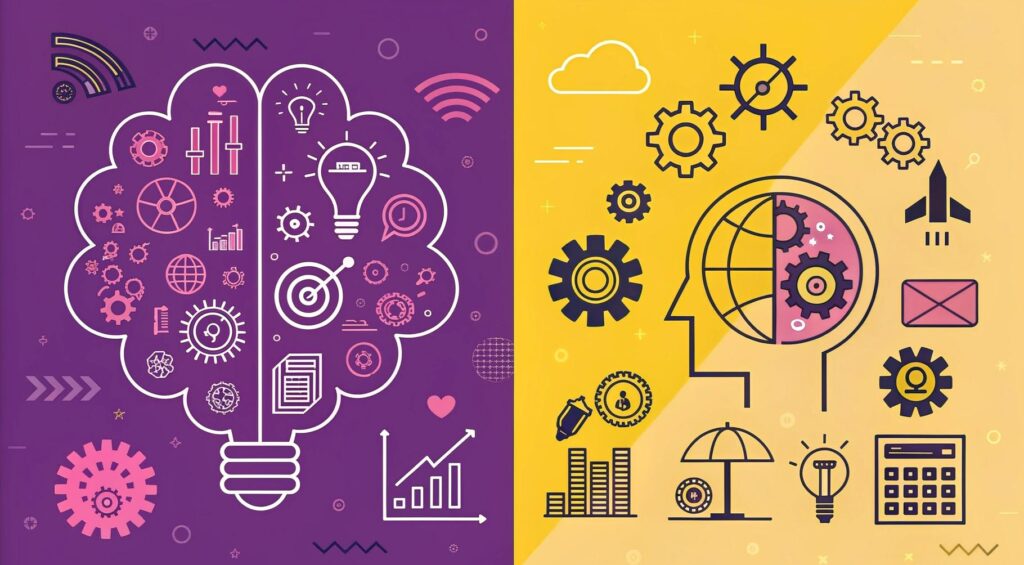Artificial Intelligence (AI) has dramatically transformed industries across the globe. From self-driving cars and medical diagnostics to chatbots and recommendation engines, AI is no longer a futuristic concept; it’s embedded in our daily lives. One area where AI’s impact is particularly significant is content creation. Businesses, educators, and marketers are increasingly relying on AI tools to generate blogs, reports, ad copy, and product descriptions at lightning speed.
But here’s the challenge: while AI produces content quickly, it often lacks the human warmth, creativity, and relatability that resonate with real audiences. Readers can sense when something feels mechanical, and search engines are also becoming smarter at detecting AI-written text. This raises a critical question: how do we leverage AI’s efficiency while maintaining the authenticity of human expression?
The answer lies in a new wave of tools and strategies: AI humanizers and AI content detectors.
Why AI-Generated Content Alone Is Not Enough
AI text generators are trained on massive datasets, which allow them to mimic grammar, structure, and tone. However, they struggle with the subtleties of human communication. For instance:
- Humor often falls flat.
- Emotional nuance can feel forced or misplaced.
- Sentence rhythm becomes monotonous.
- Repetition and filler words are common.
This creates a gap between AI efficiency and human relatability. Content may look polished but still fails to build trust, convert leads, or engage readers deeply. And in competitive niches like software, eCommerce, and AI-IoT, this gap can cost businesses valuable opportunities.
The Rise of AI Humanization
Humanizing AI-generated content involves refining machine output so that it reads as if a skilled writer crafted it. This process improves sentence variety, emotional tone, and narrative flow while preserving the factual core.
One powerful solution is the ai humanizer. It enhances AI text by making it natural, engaging, and audience-friendly. Instead of simply swapping words, it restructures sentences, balances pacing, and injects subtle creativity. For businesses relying heavily on automated writing, this means they can scale content production without sacrificing quality or authenticity.
The Role of AI Content Detectors
As AI becomes more prevalent, search engines, educators, and publishers are developing ways to identify AI-written content. AI content detectors analyze patterns like sentence predictability, word probability, and syntactic uniformity to flag text that may have been machine-generated.
This is why tools like the ai content detector are essential for anyone producing digital content. These detectors don’t just expose AI-written material, they help creators understand whether their content will pass detection tests, ensuring higher trust and compliance with platforms, clients, and academic standards.
The synergy between detectors and humanizers is crucial: one evaluates content, while the other refines it to meet both human and algorithmic expectations.
Applications Across Industries
1. Software and SaaS
In the fast-moving world of software, documentation, tutorials, and product descriptions need to be clear, engaging, and credible. While AI can draft these quickly, humanizers ensure technical jargon is explained smoothly, while detectors confirm authenticity.
2. eCommerce
Product listings, reviews, and marketing copy must sound natural and persuasive. An eCommerce site with robotic descriptions risks losing credibility. Using humanized AI text ensures descriptions not only inform but also sell.
3. AI and IoT
The AI-IoT sector thrives on complex, data-driven insights. However, overly technical writing alienates non-experts. Humanized content bridges this gap, making cutting-edge innovations understandable for broader audiences.
4. Education and Research
Academic institutions are highly sensitive to plagiarism and AI usage. Students and educators can use detectors to ensure compliance while leveraging humanizers to refine their writing into polished, original material.
Humanizing AI: A Competitive Advantage
Businesses that adopt AI humanizers gain more than efficiency—they gain trust. Audiences today are discerning; they want brands that speak their language, not algorithms that mimic it. By integrating humanization tools, companies can:
- Increase engagement and conversion rates.
- Build stronger brand authority.
- Publish content that withstands AI detection tests.
- Save time while maintaining authenticity.
In essence, the future isn’t about choosing between humans and AI. It’s about partnership where machines provide speed and scale, and humanization ensures resonance and trust.
Challenges and Ethical Considerations
With great power comes responsibility. As AI content grows, questions arise about authenticity, authorship, and ethics:
- Should audiences be told if content was machine-assisted?
- How do businesses balance efficiency with originality?
- What role will regulations play in ensuring fair use?
By combining detectors and humanizers, businesses can stay transparent while delivering content that respects both ethical standards and audience expectations.
The Road Ahead: What’s Next for AI Content?
We are entering an era where AI-generated text will be indistinguishable from human writing. Search engines, universities, and content platforms will continually refine their detection systems. This means creators and businesses must stay one step ahead by adopting tools that not only humanize but also guarantee compliance.
The convergence of AI with human creativity represents a transformative opportunity. For organizations that embrace this evolution, the result will be content that is fast, scalable, authentic, and future-proof.
Conclusion
Artificial Intelligence has reshaped content creation, but raw AI output isn’t enough to meet the standards of today’s digital landscape. The combination of AI humanizers and AI content detectors represents the perfect balance between machine efficiency and human authenticity.
By integrating these tools into their workflows, businesses, educators, and creators can ensure their content is not only original and engaging but also undetectably human. This is the future of digital communication—where technology serves as the engine, and humanization remains the heart.


